
Bán buôn hữu cơ dầu cây trà khô dầu gội phun không độc hại tóc khử mùi bột unisex dầu-kiểm soát chống gàu làm mịn



Ecolchi giá tốt nhất nhãn tùy chỉnh Collagen salon chuyên nghiệp sửa chữa thiệt hại protein tơ Brazil Keratin điều trị 500ml Mặt nạ tóc


Oem Chuyên Nghiệp Tóc Khô Dầu Gội Bột Số Lượng Lớn Bán Buôn 2-Trong-1 Làm Mới Công Thức Cho Unisex Người Lớn


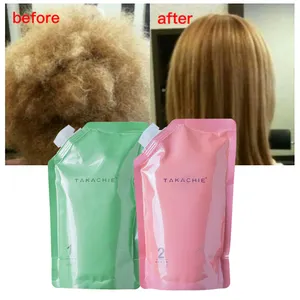





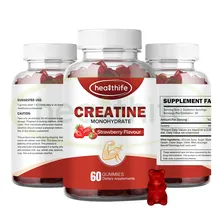




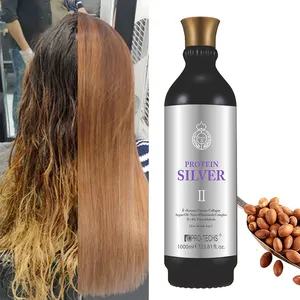
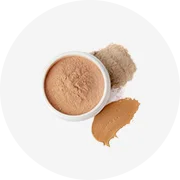
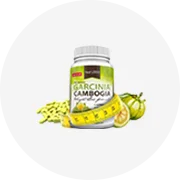












 浙公网安备 33010002000092号
浙公网安备 33010002000092号 浙B2-20120091-4
浙B2-20120091-4